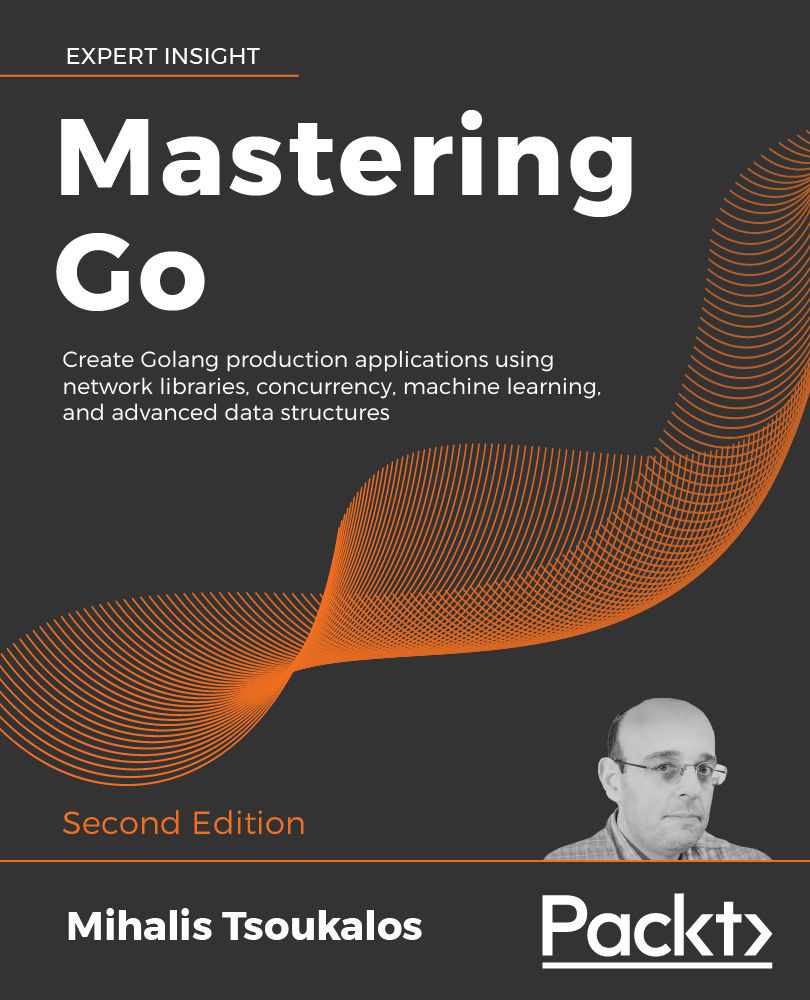A linked list is a data structure with a finite set of elements where each element uses at least two memory locations: one for storing the actual data and the other for storing a pointer that links the current element to the next one, thus creating a sequence of elements that construct the linked list.
The first element of a linked list is called the head, whereas the last element is often called the tail. The first thing that you should do when defining a linked list is to keep the head of the list in a separate variable because the head is the only thing that you have to access the entire linked list. Note that if you lose the pointer to that first node of a singly linked list, there is no way to find it again.

The next figure shows you how to remove an existing node from a linked list in order to better understand...



